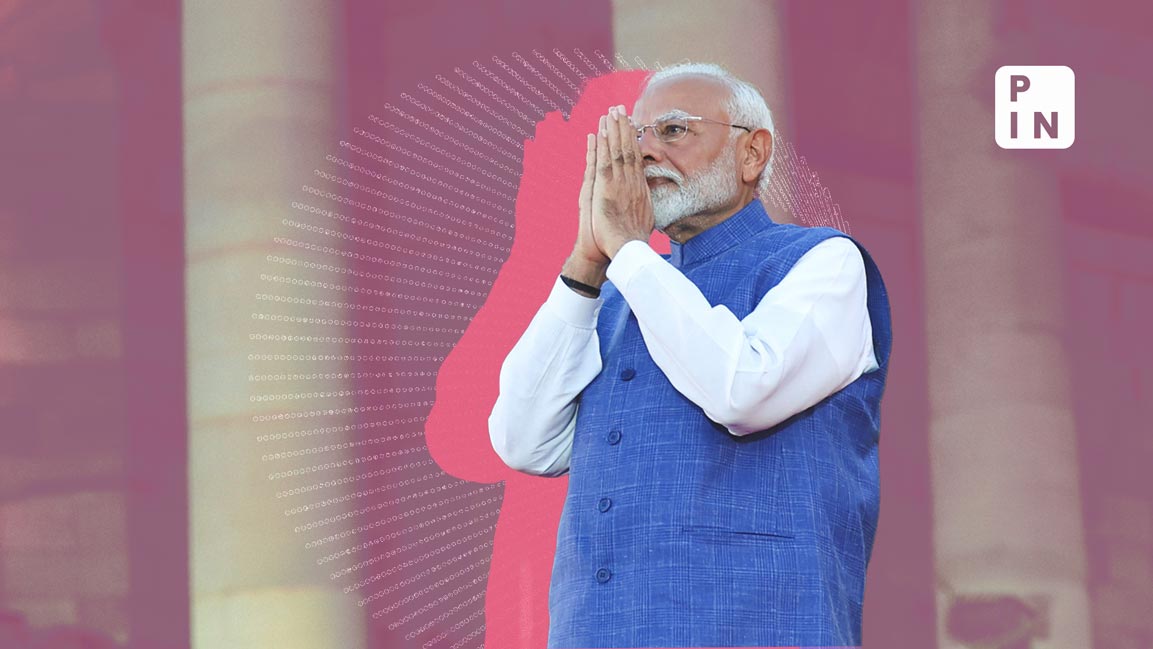- | 4:00 pm
Empowering women through safe public transport
Women grapple with a range of concerns, such as the need to travel before dark, avoiding overcrowded vehicles, and the fear of sexual harassment or abuse in public transport and while walking to transit stops

Access to safe, affordable, and reliable public transport for women has long been a challenge, and has hindered their progress. Women safety in public transportation is not a mere convenience, but a fundamental right and a catalyst for women’s empowerment. It is the key that unlocks doors to educational and employment opportunities, access to essential services; and enjoyment of cultural and recreational spaces.
The lack of safety for women, both perceived and experienced, significantly undermines women’s ‘right to the city’. A survey conducted in 2021 across 140 Indian cities portrays a troubling situation: 52% of women turned down opportunities for education and employment due to concerns about safety.
In Mumbai, an MMRDA study disclosed that women commuters spent 21% more on transport than men, primarily due to the juggling of multiple activities and heightened concerns for personal safety. The prevailing approach to mobility planning, predominantly influenced by the perspective of heterosexual working non-disabled men, has led to mobility systems that are far from ideal for women.
Unfortunately, these disparities often go unnoticed by many policymakers, transport planners, and service providers, making mobility systems gender blind.
Also, transport agencies have neither official mandates nor clear strategies to integrate gender considerations into their operations. There is little room for practices such as public consultation or participatory planning that offer women a chance to voice their opinions during the planning process.
Only by addressing these fundamental issues of urban planning and design can India catalyze women-led development.
Women’s mobility involves various aspects such as shorter but more frequent trips, work trips that are recurrently combined with errands, travelling with dependents, and using public transportation during off-peak hours.
However, the everyday mobility of women is influenced by a complex set of factors. Their decisions about travel aren’t solely determined by factors like transportation availability or proximity. Instead, they grapple with a range of concerns, such as the need to travel before dark, avoiding overcrowded vehicles, and the fear of sexual harassment or abuse in public transport and while walking to transit stops.
Additionally, women are often willing to pay high costs and time in return for a unit measure of safety. A World Bank study revealed that women in Delhi were willing to invest an extra 27 minutes daily to choose a perceived safer route. It is, therefore, not surprising that women wait for long hours for less crowded vehicles, choosing more expensive modes of transportation, or resorting to taking alternative routes to reach their destination, in return for safety.
Inadequate infrastructure exacerbates the issue, such as the absence of streetlights, poor or no lighting at transit stops, inadequate and unsheltered waiting areas, obstructions on footpaths, lack of cycle tracks, non-availability of public amenities, etc.
Moreover, the dearth of public toilets can result in an unsightly situation where men urinate in public, which can be particularly intimidating for women returning home late in the evening or at night.
The absence of other women in public areas also contributes to the discomfort that many women experience when navigating these spaces. Women choose to walk when well-maintained footpaths and ample street lighting provide a sense of safety, shielding them from potential hazards like vehicles running them over or encountering suspicious individuals.
However, in the absence of these safety measures, women tend to prefer taking auto-rickshaw rides, even for short walkable distances, rather than risking a journey on poorly-lit streets or using dark underground subways to cross the road.
Similarly, during nighttime journeys, women often opt for expensive auto or taxi rides over boarding buses primarily occupied by male passengers.
Additionally, there have been instances where young women professionals allocate a significant portion of their salary to personal transportation. This preference arises from their choice to use a personal vehicle instead of taking an alternative route when someone has figured out their commute schedule and is tailing them, causing additional costs and stress.

A page from OMI’s ‘Moving While Woman: Bindu’s Big City Journey- A Data Comics’ where the protagonist, Bindu, prefers taking a longer walking route due to safety reasons.
It is also important to note that women being the heterogeneous group with different identities face unique challenges.
For instance, the unpublished data from the Ease of Moving Index conducted by the OMI Foundation highlights a troubling reality: transgender and non-binary individuals are four to five times more likely to experience harassment on public transport compared to their cisgender counterparts.
Another study sheds light on a concerning statistic: just over half (54.1%) of women with disabilities used public transport in urban India, and within this group, a staggering 66.5% encountered difficulties when using or accessing it. At the same time, they frequently encounter harassment under the pretext of assistance (when there are no ramps), particularly when they are boarding or disembarking from the bus.
Thus, while ensuring safety in public transport remains important, it is just one piece of the puzzle. To truly empower women, it is crucial to ensure that urban mobility systems and public spaces are inclusive.
While the government(s) are taking steps at various levels to create gender-responsive mobility systems. However, many of these initiatives aimed at enhancing women’s safety tend to focus solely on measures like installing CCTV cameras, vehicle location tracking, and panic buttons in all public transportation vehicles.
While these technologies have their merits, they may not directly address the core issues related to women’s safety during travel. Chennai Metro Rail has recently launched a unique initiative called Pink Squad consisting of 25-30 martial arts-trained women, deployed at busy stations to ensure safety for women passengers.
Additionally, there have been various other initiatives to improve the safety of intermediate public transport for women, including the introduction of ‘pink autos’ driven by and for women, as well as the She Cabs taxi service.
However, it is crucial to underscore that these ongoing efforts to address women’s mobility issues are often siloed or limited in their scope. It’s concerning to observe that a meagre proportion of government funds allocated for women’s empowerment is specifically channeled into projects addressing mobility issues.
While there are numerous promising ideas in progress, it’s time to transition from small-scale pilot projects to large-scale action. A pivotal step in this direction would be the launch of a centrally sponsored initiative—the Gender Inclusive Indian Cities Challenge.
This initiative would aim to inspire cities and local authorities to proactively transform urban public spaces and mobility more women and girl-friendly. To achieve this transformation, it’s essential to allocate dedicated funding for gender-inclusive initiatives, coupled with robust capacity development efforts. This should include annual training and continuous capacity building in areas such as gender analysis, gender-sensitive urban planning, and budgeting.
Collaboration with women’s groups and organizations will be vital to ensure the effective utilization of these resources. Furthermore, it’s imperative to mainstream gender- disaggregated data in comprehensive mobility plans, and capture mobility of care, perception of safety and sexual harassment as well. To truly understand the safety concerns surrounding public transport and public spaces, it’s crucial to conduct thorough surveys that encompass both users and non-users. These surveys can shed light on both the incidence and under-reporting of sexual harassment.
Additionally, safety audits, which involve women in assessing the perceived threat levels of public spaces and transport facilities, can provide valuable insights into infrastructure design and use of space.
India’s choice to embark on a path of women-led development is both visionary and transformative. We must tap into the potential of Nari Shakti through meaningful investments and shared responsibility. It’s time to recognize that women’s safety is not just a women’s issue but an essential component of building Viksit Bharat.
Aishwarya Agarwal is an urban designer and leads the Centre for Inclusive Mobility at OMI Foundation, established by Ola as an independent trust in 2022 to foster sustainable, resilient, and equitable mobility systems.













